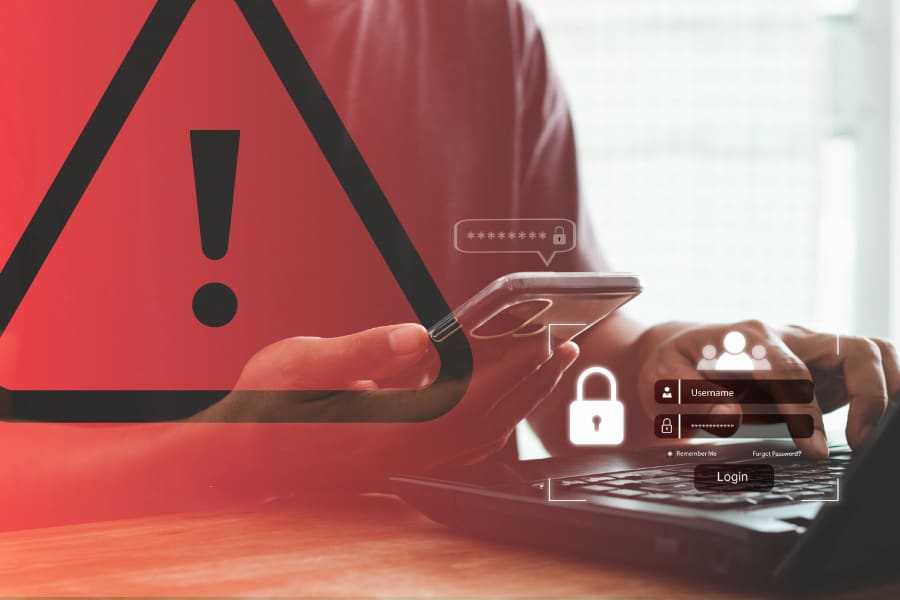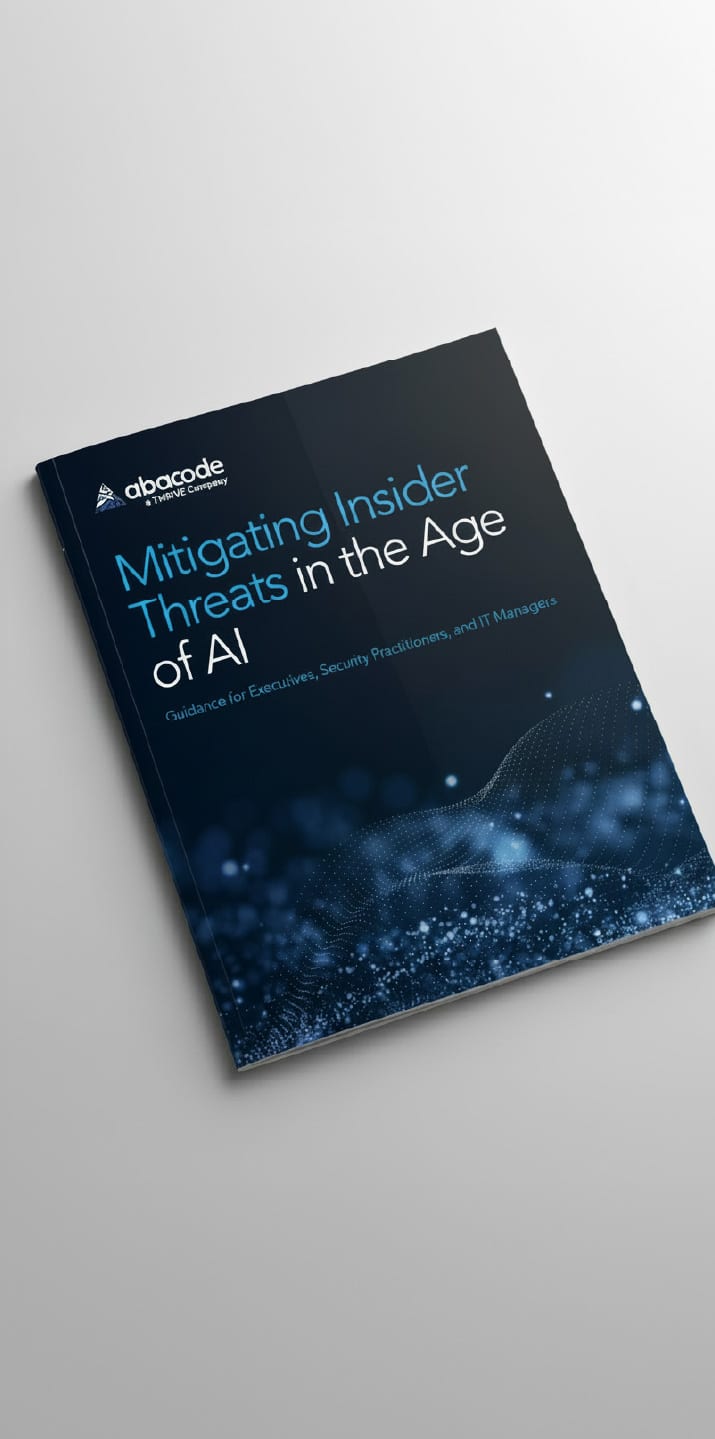Multi-Factor Authentication (MFA) is a powerful security measure that adds an additional layer of protection to user accounts by requiring multiple forms of verification. While MFA significantly enhances security, no system is entirely immune to sophisticated hacking attempts. Below we’ll delve into the world of cybersecurity and explore some advanced techniques that hackers might employ to circumvent MFA.
Understanding Multi-Factor Authentication
MFA typically combines two or more of the following factors:
- Something you know (password or PIN)
- Something you have (smartphone or hardware token)
- Something you are (fingerprint or facial recognition)
While MFA significantly reduces the risk of unauthorized access, hackers have developed the following methods to overcome these safeguards.
Type of Attack |
Description |
| Phishing Attacks with Real-Time Interception | Hackers might employ phishing techniques to trick users into revealing their login credentials and MFA codes. Some advanced attacks use real-time interception, where hackers create fake login pages that capture credentials and immediately use them to log in before the victim can use their MFA code. |
| SIM Swapping |
In SIM swapping attacks, hackers convince mobile carriers to transfer a victim’s phone number to a SIM card controlled by the attacker. This enables them to receive MFA codes sent via text messages, effectively bypassing MFA protection. |
| Man-in-the-Middle (MitM) Attacks | Hackers might intercept communication between a user and a service to capture login credentials and MFA codes. MitM attacks can occur through compromised networks or by redirecting traffic through malicious proxies. |
| Credential Stuffing and Session Hijacking | If hackers obtain valid username and password combinations from previous data breaches, they can use them to gain unauthorized access. Additionally, session hijacking involves stealing session cookies to bypass MFA during an active session. |
| Credential Phishing via Malware | Malware can be used to steal login credentials and MFA codes from a user’s device. Keyloggers, screen capture tools, and clipboard interceptors are examples of malware that hackers might use for this purpose. |
| Biometric Spoofing | Some hackers have developed methods to spoof biometric authentication systems, such as fingerprint or facial recognition, using advanced techniques like 3D printing or synthetic materials. |
| Vishing (Voice Phishing) | In vishing attacks, hackers impersonate legitimate organizations and call users, convincing them to reveal MFA codes over the phone, often by exploiting a sense of urgency or fear. |
Protecting Against Advanced Attacks
As hackers continuously refine their techniques to bypass security measures, including MFA, it’s crucial to adopt a proactive approach to cybersecurity. Here are more detailed steps to strengthen protection against advanced hacking attempts:
Protection Measures |
Description |
|
Education and Awareness |
Regularly educate users about evolving cyber threats and tactics hackers use. Conduct training sessions to raise awareness about phishing and social engineering. |
|
Use Authenticator Apps |
Encourage users to utilize authenticator apps like Google Authenticator, Microsoft Authenticator, or Authy for generating secure time-based one-time passwords (TOTPs). |
|
Multi-Layered Defense |
Combine various security mechanisms, including MFA, endpoint security, intrusion detection, and network firewalls, to create multiple layers of protection against different threats. |
|
Monitor and Detect Anomalies |
Implement SIEM monitoring tools to detect unusual patterns in authentication attempts. Configure alerts for deviations from baselines and respond swiftly to potential threats. |
|
Strong Password Policies |
Enforce policies that require strong, unique passwords and regular password changes. Educate users about the importance of avoiding password reuse across multiple accounts. |
|
Multi-Factor Authentication Cascading |
Implement cascading MFA, requiring multiple factors for access, such as a password, authenticator code, and biometric verification. |
|
Endpoint Security |
Protect devices with comprehensive endpoint security solutions, including malware detection, intrusion prevention, and regular updates and patching. |
|
Risk Assessments, Vulnerability Assessments, and Penetration Testing |
Conduct regular security audits and penetration tests to identify vulnerabilities and address potential weak points in systems. |
|
Incident Response Plan |
Develop a well-defined incident response plan that outlines steps to take in case of a security breach, ensuring a swift and effective response to mitigate potential damage. |
|
User Access Review |
Regularly review user access privileges and permissions. Remove unnecessary access rights and ensure that only authorized personnel have access to sensitive resources. |
These measures require a combination of people, process, and technology and organizations may be overwhelmed in attempting to implement them. The most effective way to implement the above controls is by entity-wide or scope-specific adoption of a security or compliance standard, which will guide the organization through security best practices and provide a framework against which controls can be compared and assessed. Abacode’s managed cybersecurity and compliance programs are tailored to design, implement, and manage compliance and security controls to get organizations compliant and maintain security posture. Contact Abacode for more information on how we can help get your organization secure and compliant.




